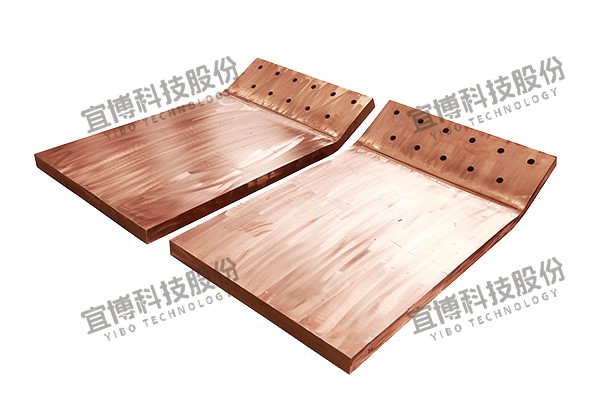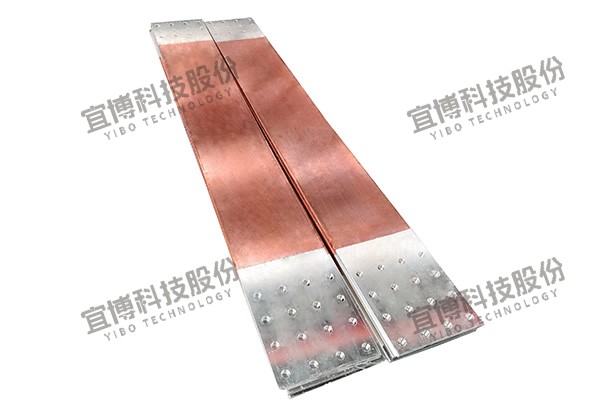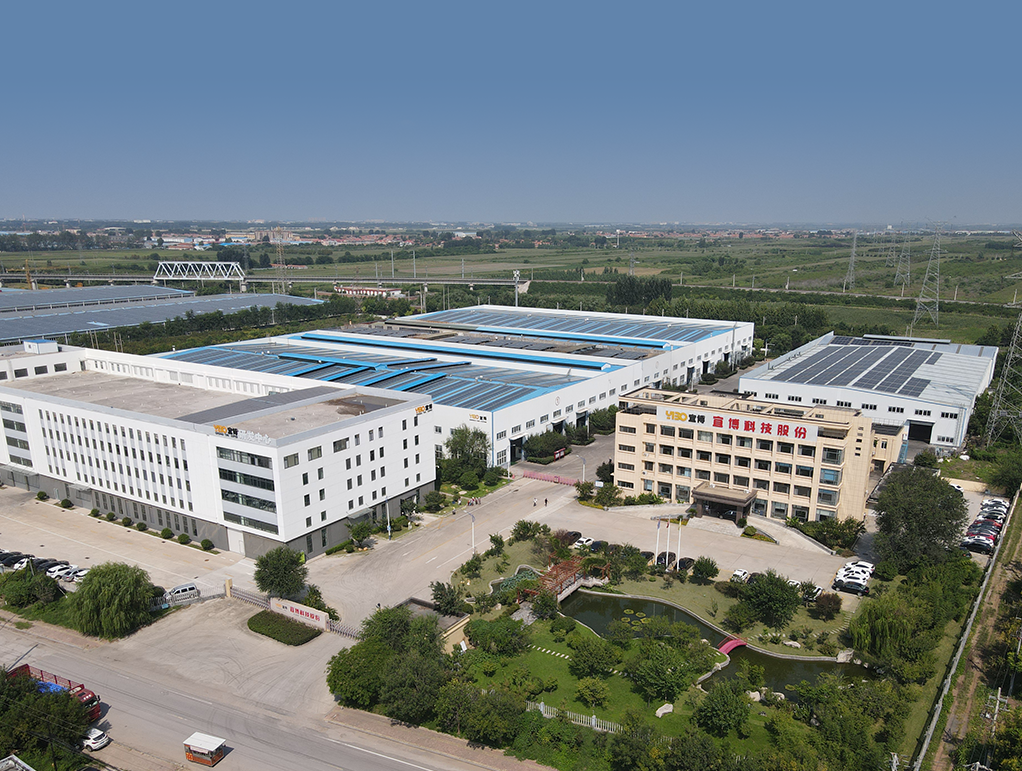The Essential Guide to Flexible Copper Connection Types for Modern Electronics
Flexible copper connections serve as critical components in power distribution systems across industries. Their ability to absorb vibrations, accommodate thermal shifts, and enable compact designs makes them superior to rigid alternatives in advanced electrical applications.
Core Flexible Copper Connection Types
Braided Copper Straps
Woven copper wire constructions deliver exceptional flexibility and vibration resistance. Available in bare, tinned, nickel-plated, or silver-plated variants, they excel in harsh environments. Tinned versions remain widely adopted due to effective corrosion resistance. Key applications:Transformer and switchgear connections
Electric vehicle battery interlinking
Industrial machinery grounding
Laminated Flexible Busbars
Multi-layer copper sheets bonded with specialized insulation achieve high current capacity with minimal electromagnetic interference. These significantly reduce system weight while improving thermal performance in applications like:EV battery packs
Data center power distribution
Renewable energy installations
Foil Connectors
Ultra-thin annealed copper sheets provide maximum flexibility for space-constrained applications. Dominant uses include:Consumer electronics (smartphones, laptops)
Foldable device hinges
High-frequency antenna systems
Cable Assemblies
Integration of flexible conductors with protective jackets serves demanding environments:Robotic systems requiring millions of flex cycles
EMI-sensitive medical and aerospace equipment
Industry Applications
| Sector | Key Implementations |
|---|---|
| Transportation | EV batteries, charging systems |
| Clean Energy | Solar panel wiring, wind turbine circuits |
| Digital Infrastructure | Server racks, UPS backups |
| Automation | Robotic arms, CNC machinery |
Selection Criteria
Match connection types to applications using these parameters:
Current Requirements: Braided straps for moderate loads; busbars for high-capacity
Flexibility Needs: Foil connectors for tight bends; straps for multi-directional movement
Environmental Factors: Plated variants for corrosive conditions
Certifications: Regional compliance standards for global deployment
Comparison Table
| Type | Typical Current | Flexibility | Common Applications |
|---|---|---|---|
| Braided Straps | Moderate | High | Grounding, industrial equipment |
| Laminated Busbars | High | Medium | EVs, power systems |
| Foil Connectors | Low | Very High | Electronics, compact devices |
| Cable Assemblies | Medium-High | High | Robotics, specialized machinery |
Emerging Innovations
Integrated Monitoring: Next-gen connections with real-time performance tracking
Eco-Materials: Sustainable copper alloys reducing environmental impact
Advanced Insulation: New dielectric materials enabling higher frequency transmission
Industry Outlook
Flexible copper connections are transforming from passive elements to active enablers of technological progress. As electrification accelerates across sectors, selecting optimal connection types—whether braided, laminated, or foil-based—becomes crucial for system reliability and efficiency. Manufacturers focusing on modular designs, durability enhancements, and environmental compliance will lead market evolution.


